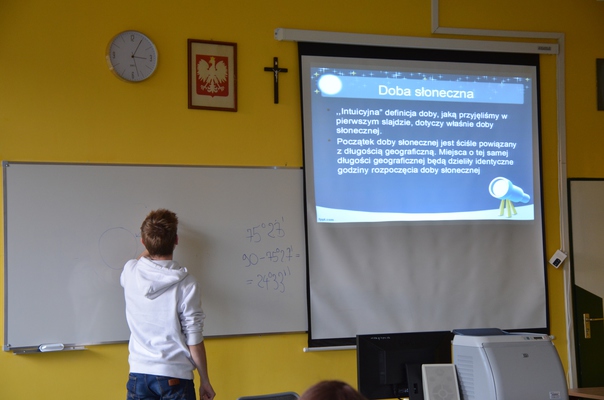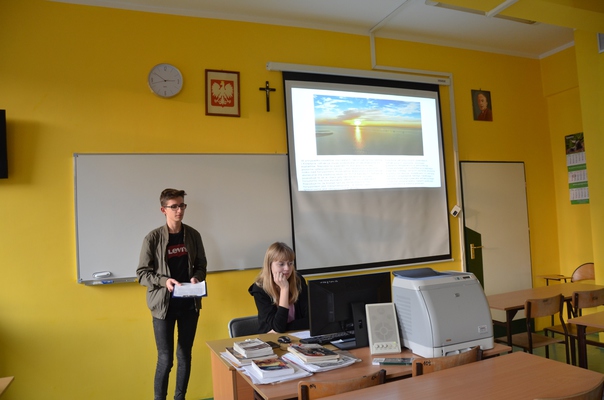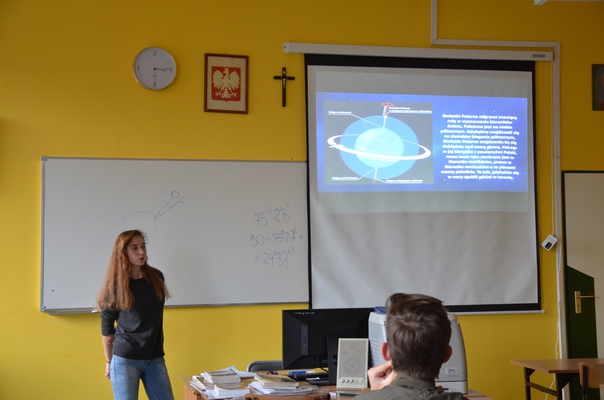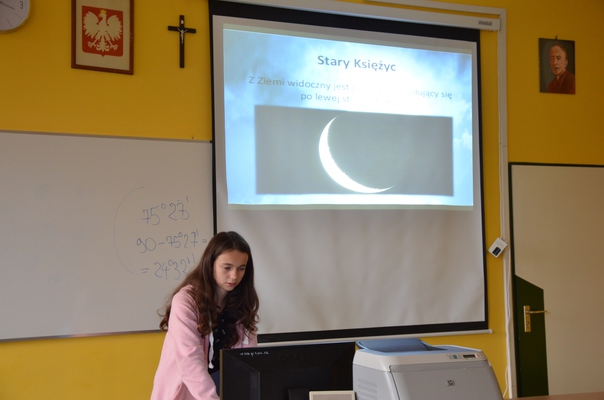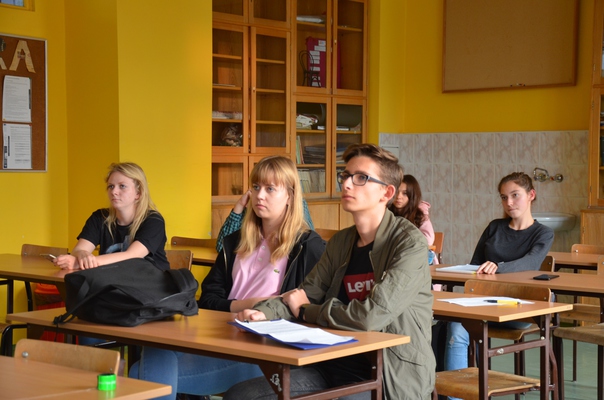THE EARTH - A PLANET IN THE SOLAR SYSTEM
In September and October 2018, the astronomical group prepared presentations on selected issues about the Earth as a planet and other important bodies belonging to the Solar System, mainly the Moon and Sun, as well as constellations and stars. Students focused on determining the position of the Polar Star on the celestial sphere and calculating its altitude above the horizon, phases of the Moon, the phenomenon of astronomical refraction and its impact on the length of day and night observed in Poland, as well as the concept of solar and sidereal day, as well as constellations visible in Poland. They showed their presentations to other participants of the project.
The selection of issues was determined by the fact that together with the partners we planned to compare the length of day and night, the appearance of the night sky and the appearance of the Moon in different phases in our localities. To do this, we first had to understand the concept of day, get to know the definition of sunrise and sunset and understand, what factors affect the length of daytime and nighttime and how, and also find out how the altitude of the North Star above the horizon, and therefore the appearance of the night sky, depends on latitude, as well as learn about the phases of the Moon and understand how its appearance in the sky changes depending on latitude.
Our presentations:
SOLAR AND SIDEREAL DAY - Mateusz Jakubiak IA.pptx
Astronimical refraction - Anita Jakubiak IIB.pptx
LENGTH OF DAY AND NIGHT IN ŻYRARDÓW.pptx
How to find the Polar Star - Maria Twaróg IC.pptx
Constellations - Maria Twaróg IC.pptx
STAR OBSERVATIONS.pptx
Phases of the Moon - Patrycja Przybysz ID.pptx
We are showing our presentations to other participants of the project:
